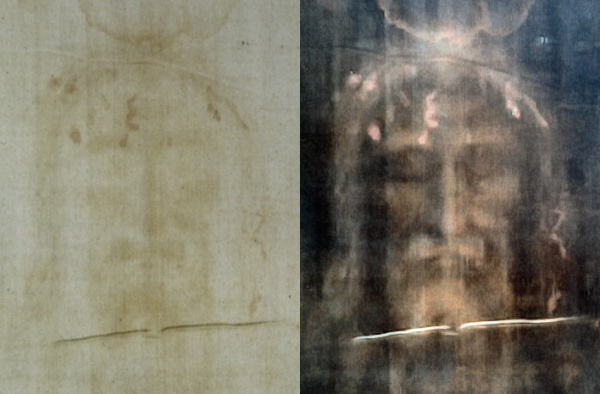Facts About Shroud of Turin
The Shroud of Turin, often simply referred to as the Turin Shroud, is a captivating piece of linen that bears a mysterious negative image of a man. Many believe this image could be that of Jesus Christ, suggesting the cloth might be the very shroud in which he was wrapped after his crucifixion. The shroud first appears in historical records in the late 14th century, and carbon dating supports this timeline. Today, it is housed in the Cathedral of Turin in Italy.
The Catholic Church has not officially declared the shroud's authenticity, but it has become a focal point for devotions such as the Holy Face of Jesus. Interest in the shroud extends beyond Catholic circles; various Christian denominations also find it intriguing. For decades, scientists from diverse fields—chemistry, image analysis, and more—have been studying and debating its authenticity.
What's particularly fascinating about the shroud is that its image appears much clearer in black-and-white negative photographs than in its natural sepia tone. Over the years, the cloth has undergone multiple restorations to prevent further deterioration. The history of the shroud before the 14th century is obscure, with numerous theories about its origins and whether it is genuine.
Opinions on the shroud vary widely. Some view it as a miraculous relic, while others are skeptical of its authenticity. Scientists have proposed numerous theories about how the image was formed, ranging from painting and acid pigmentation to more exotic ideas like energy sources such as corona discharge or ultraviolet radiation.
Efforts to recreate the image using medieval techniques—such as dust-transfer, bas-relief, or burial ointments—have been ongoing. Despite numerous studies and debates, no one has definitively proven the Shroud of Turin's origin or whether it is truly the burial cloth of Jesus. The enigma continues to captivate and puzzle people around the world.

 San Marino
San Marino